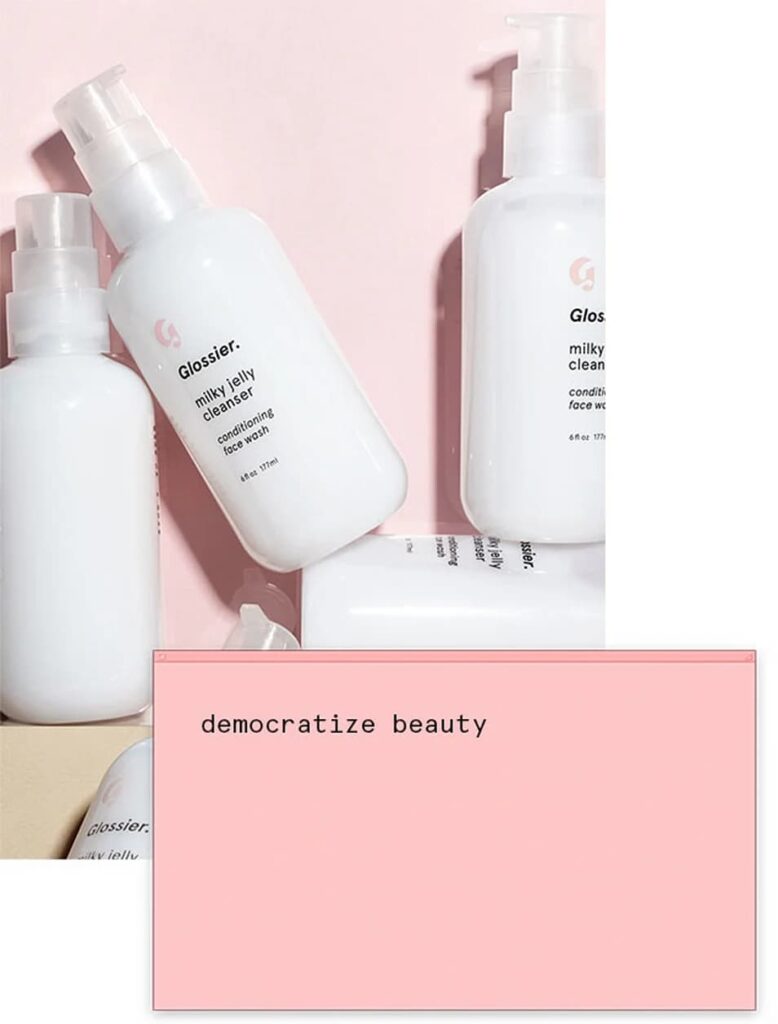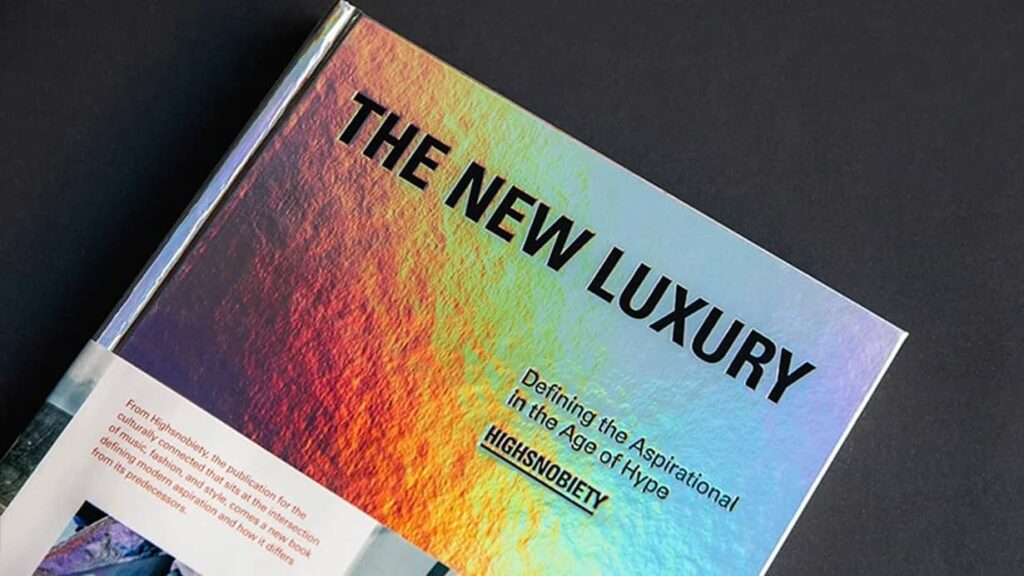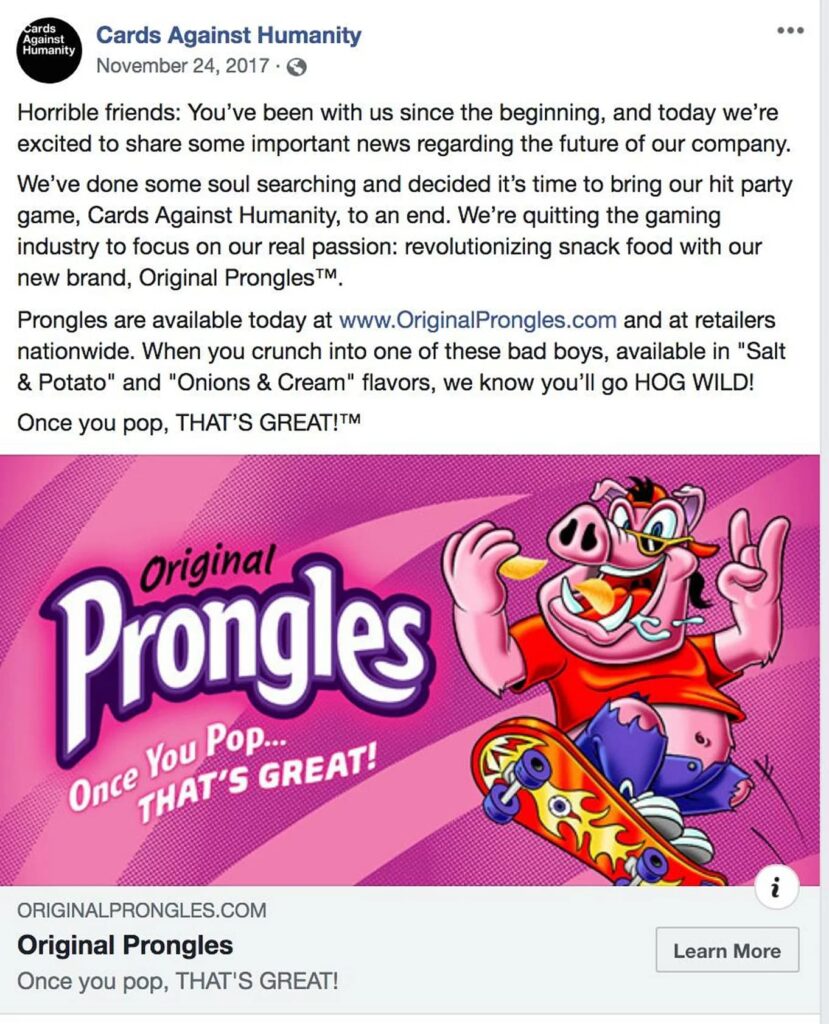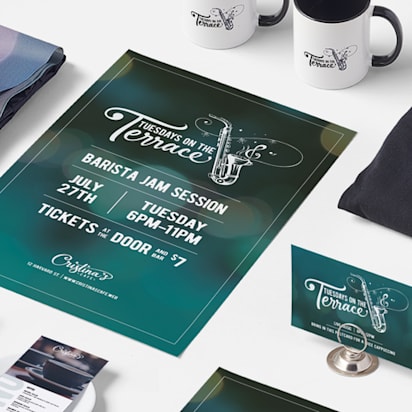Let’s be honest, even the best business idea won’t go far if people don’t recognize your voice. Your brand voice is how you connect with customers and express your values in every message, caption or conversation. It’s the way you share your company’s values and motivations. A brand voice is successful when it causes your audience to connect with, engage in and most importantly, believe in what you do.
Many small business owners tell us, “I know what my brand is, I just don’t know how to say it.” That’s where defining your brand voice helps. It bridges the gap between knowing your purpose and knowing how to express it clearly, across every channel. Here, we’ll highlight companies that have nailed their brand voice and guide you through the process of creating your own.
- Your brand voice is how customers recognize and relate to you. It shapes the way they feel every time they see your name.
- A consistent voice builds trust and loyalty. When you sound the same across channels, you sound dependable.
- Define your tone, language and personality before you publish a word. That way, every post and product description feels unmistakably “you.”
- Your voice can evolve as your business grows. Just make sure every change still sounds true to who you are.
What is a brand voice?
Your brand voice is the personality behind your words, the consistent way your business sounds whenever you speak to customers. Voice is what you say. Tone is how you say it, and it can shift slightly depending on the situation.
Try this: Write one sentence describing your business. Now rewrite it the way you’d actually say it to a customer or friend. That second version is the beginning of your brand voice!
Your brand voice strategy is directed to your target audience, and it can have any style, as long as it feels true to your brand values and persona – be it authoritative, playful, intellectual, ominous, kind or fun. Your brand messaging should sound just as cohesive as your visual identity.
Just like you speak differently with family, friends or colleagues, your business should have its own way of speaking to customers. That’s your brand voice, the personality behind every word.
And just like people grow and change, your voice can evolve too. Even the biggest brands adjust their tone as they mature – see how in our look at logo evolution.
Consumers invest more in brands when there is an emotional connection, rather than with brands that dish out uninspired, disconnected content. In the end, it’s less about what you say – it’s about how you say it. Avenues for expressing your brand voice include, but are certainly not limited to, email, website copy, press releases, packaging, ads and social media platforms. For small businesses, your voice is often what sets you apart; it’s what turns customers into loyal fans.
How do you develop a brand voice?
Start by defining what your brand stands for: your vision, mission and values. Then highlight what makes you different from competitors.
Try this: Describe your brand in three words. Would your audience agree? If not, refine them until they fit.
Next, get to know who you’re talking to. What are the demographics for your current and future customer base? What do they look like? What would they want from your brand? Social media offers tools to pull insights. If you can, turn to those in your target community and ask about what excites them most about your brand. As you define your voice, make sure your visuals match. Your logo, colors and tone should feel like they belong to the same personality, which is where your brand guidelines help keep everything consistent.
This is invaluable information you can use when building your brand voice strategy. Tools like Instagram Insights and Facebook Analytics break down age, location and engagement so you can fine-tune your tone. At VistaPrint, we’ve seen small businesses grow faster when they capture their voice in a simple style guide, a one-page reference for tone, vocabulary, and dos and don’ts.
Exceptional brand voice examples
VistaPrint

VistaPrint’s brand voice is something like inspiring, joyful and human, while being practical, empowering and helpful. Essentially, it’s your small-business ally. Over time, VistaPrint refined its tone to sound more human and encouraging, while keeping clarity at its core. It’s a voice that cheers you on while helping you look professional from day one.
That approachable, confident tone runs through everything VistaPrint creates, from print and digital products to brand design services. By keeping its voice consistent across every channel, VistaPrint helps customers build brands that look and sound professional from day one.
Glossier

Glossier’s packaging and tagline reflect its clean, conversational brand voice, making beauty feel accessible to everyone.
It’s important to find your own champions when it comes to brand voice, but here are our picks for companies that are great brand voice examples.
The New York-based brand Glossier describes itself as a “people-powered beauty ecosystem.” Its brand voice articulates wellness and beauty care for modern women through empowerment and self-care.
The brand’s vulnerable social posts and relatable visuals connect directly with its target demographic. Bright, feminine visuals are often paired with simple visuals and bold phrasing.
Highsnobiety

Highsnobiety’s sleek visuals and aspirational tone reflect its confident, culture-driven brand voice.
Highsnobiety’s brand voice is stylish, informed and culturally fluent. The Berlin-based platform covers streetwear, fashion, music and art through the lens of modern luxury and youth culture. Its tone mixes insider authority with accessibility, making readers feel part of the conversation – not outsiders looking in.
Through sharp headlines, trend-savvy language and bold visual design, Highsnobiety speaks to an audience that values authenticity as much as aesthetics. The brand’s voice mirrors its audience: young, modern and provocative. Every feature, social caption and product collaboration reinforces that aspirational yet credible identity, proving that tone can be as trendsetting as design.
Apple

Apple’s simple, confident messaging shows how a strong brand voice can say more with less.
Apple’s brand voice is confident, minimalist and human. It speaks with clarity and purpose, using plain language that makes innovation feel approachable. Lines like “Privacy. That’s iPhone.” show the power of simplicity – no buzzwords, no excess, just a statement that builds trust.
Apple’s tone reflects its core values: confidence without arrogance, sophistication without jargon. Every word feels deliberate, from product packaging to keynote scripts. That consistency reinforces quality and strengthens emotional connection. A clear brand promise helps you communicate your values and voice with confidence.
Apple’s copy doesn’t just sell technology; it sells belonging. By speaking directly to users, not at them, Apple turns features into feelings, and products into personal experiences. It’s a masterclass in how consistency and restraint can create one of the world’s most recognizable voices.
Cards Against Humanity

Cards Against Humanity’s prank campaigns and over-the-top humor show how consistency in voice can turn shock value into brand loyalty.
Cards Against Humanity’s brand voice is irreverent, bold and unapologetically funny. Known for pushing boundaries, the party game brand built a loyal audience by making dark humor its superpower. Its social media posts read like inside jokes, shocking, self-aware and deliberately absurd.
When the brand announced its fake snack spin-off Original Prongles™, it wasn’t just a publicity stunt; it was a perfect expression of its tone. Every line from “We’re quitting the gaming industry to focus on snack food” to “Once you pop, THAT’S GREAT!” amplified its signature satire.
This consistent voice makes Cards Against Humanity instantly recognizable. It’s not afraid to offend or surprise, because that’s what its fans expect. For brands with a strong personality, that kind of clarity is gold: it proves that owning your tone can be the best marketing strategy of all.
Whole Foods

Whole Foods’ social media blends humor, health and heart, staying true to its friendly, community-first brand voice.
Whole Foods’ brand voice is approachable, playful and wellness-driven. The American health food retailer balances expert knowledge with a lighthearted tone, making healthy living feel easy and enjoyable rather than intimidating.
Its social posts mix wit with warmth, like poking fun at food trends (“Sorry, almond butter. We’re all about watermelon seed butter this year.”) while still promoting nutritious, ethical products. The result is a brand that feels smart, human and deeply in touch with its community.
That consistency runs through every channel, from in-store signage to online campaigns. Whole Foods sounds like the friendly local expert who gives great advice without the guilt. It’s a reminder that even in wellness marketing, authenticity and personality matter as much as ingredients.
Frank’s RedHot

Frank’s RedHot uses humor and relatable memes to keep its audience engaged, even when it’s not directly talking about its products.
Frank’s RedHot’s brand voice is bold, cheeky and down-to-earth. The hot sauce brand doesn’t just sell flavor; it sells attitude. Its social posts lean into everyday humor, blending internet culture with its fiery personality.
By posting memes like “Monday got us like…” alongside a photo of spilled sauce, Frank’s RedHot connects with followers on a human level. It’s a reminder that not every post needs to push a product; sometimes, the most effective marketing simply entertains.
That casual, witty tone makes the brand feel approachable and authentic. Whether it’s a meme, recipe or hashtag, Frank’s RedHot keeps its voice consistent: confident, funny and unmistakably spicy.
Mailchimp

Mailchimp’s witty, self-aware tone turns everyday marketing talk into something fun and memorable.
Mailchimp’s brand voice is playful, approachable and smart. It takes a traditionally dry topic – email marketing – and makes it feel creative, human and full of personality. Instead of hiding behind corporate jargon, Mailchimp leans into humor and honesty to connect with small-business owners.
Campaigns like “Email is not dead” show how the brand keeps things conversational while still sounding like an expert. The copy is clever but never smug; it’s designed to make business owners smile and think, “I could do that too.”
Mailchimp’s tone is consistent across every touchpoint, from app notifications to social captions. It’s confident without being pushy and funny without losing focus. That balance has made its voice one of the most recognizable (and imitated) in the marketing world.
Nike

Nike’s empowering tone speaks directly to women, reframing doubt as determination.
Nike’s brand voice is motivational, bold and action-driven. In its 2025 “So Win” campaign, Nike speaks directly to women, turning the message many have heard, that they can’t win, into a rallying cry to do exactly that. Every line is short, sharp and emotionally charged, designed to inspire resilience and self-belief.
This voice reflects Nike’s mission: to champion perseverance and push boundaries. It addresses both athletes and everyday achievers with the same respect and energy. Each word is deliberate, proving that simple, confident language can have a lasting impact.
That unwavering consistency across ads, product stories and social campaigns makes Nike’s brand voice instantly recognizable. When Nike speaks, it makes people want to get up and move, and that’s the power of a voice with purpose.
Time to find your voice!
Building a strong brand voice means finding the words that sound like you, and sticking with them. It’s how you connect emotionally, earn trust and build community. Your voice will evolve as your customers and culture do. The key is staying true to what your business stands for. Consistency builds recognition, but flexibility keeps you relevant. Be prepared to adjust your brand voice as customer priorities and the market change over time.
At VistaPrint, we’ve helped countless small businesses find confidence through consistent branding, and it always starts with finding their voice. Looking for inspiration? Explore our favorite branding quotes from global brands.
FAQs
How do I pick a tone of voice?
Start by thinking about how you want customers to feel after interacting with your brand. Do you want them to feel supported, inspired or amused? Choose one core feeling to guide your tone. Then, write a few sample sentences or social captions in that style and check: does it feel natural for your business? If it feels forced, try again until the tone feels like something you’d actually say.
Can a brand voice evolve over time?
Absolutely. As your business grows, your audience and priorities may shift. Your voice can adapt too. The key is to evolve intentionally, not reactively. If you decide to update your tone, capture the new direction in your brand guidelines and share it with anyone who writes for your brand, so you stay consistent across channels.
What are the three Cs of brand voice?
Clear, consistent, and characterful. Clear means using language your customers actually use, without jargon or overcomplication. Consistent means sounding the same across your website, socials, packaging and ads, so your audience always knows it’s you speaking. Characterful means letting your personality show. A voice with character feels human and helps your brand stand out in a crowded market.




